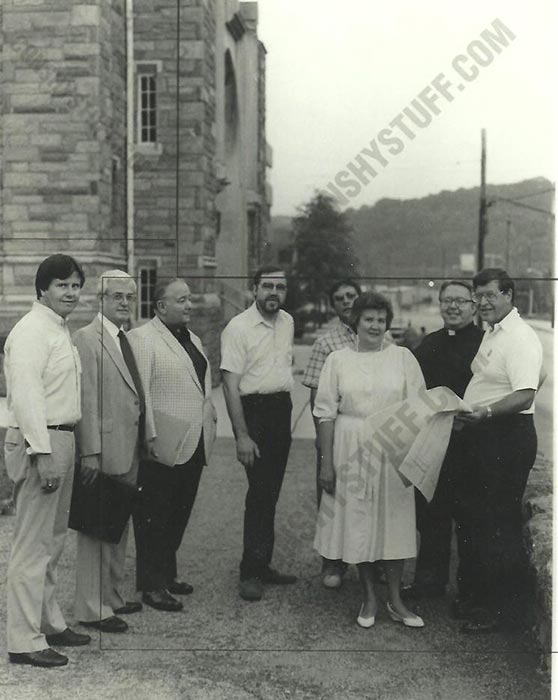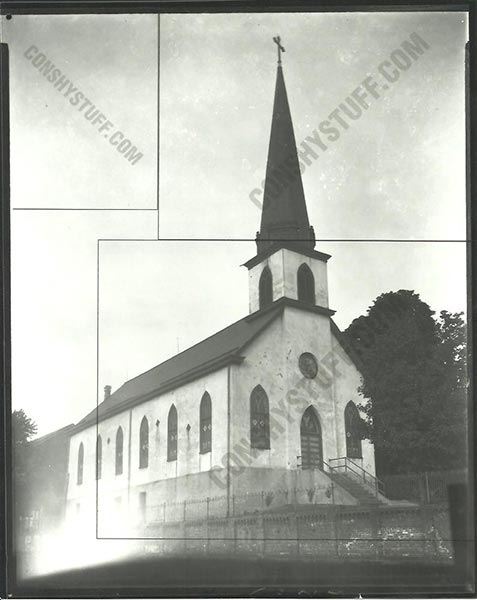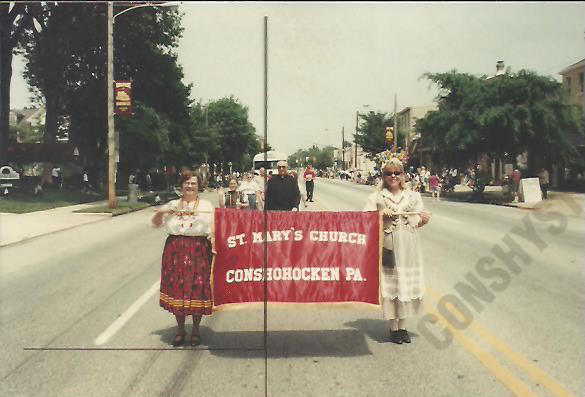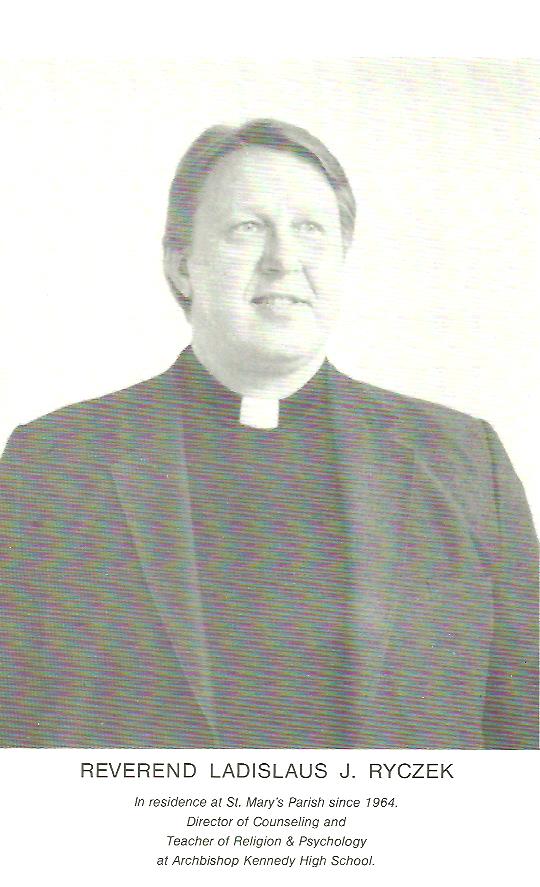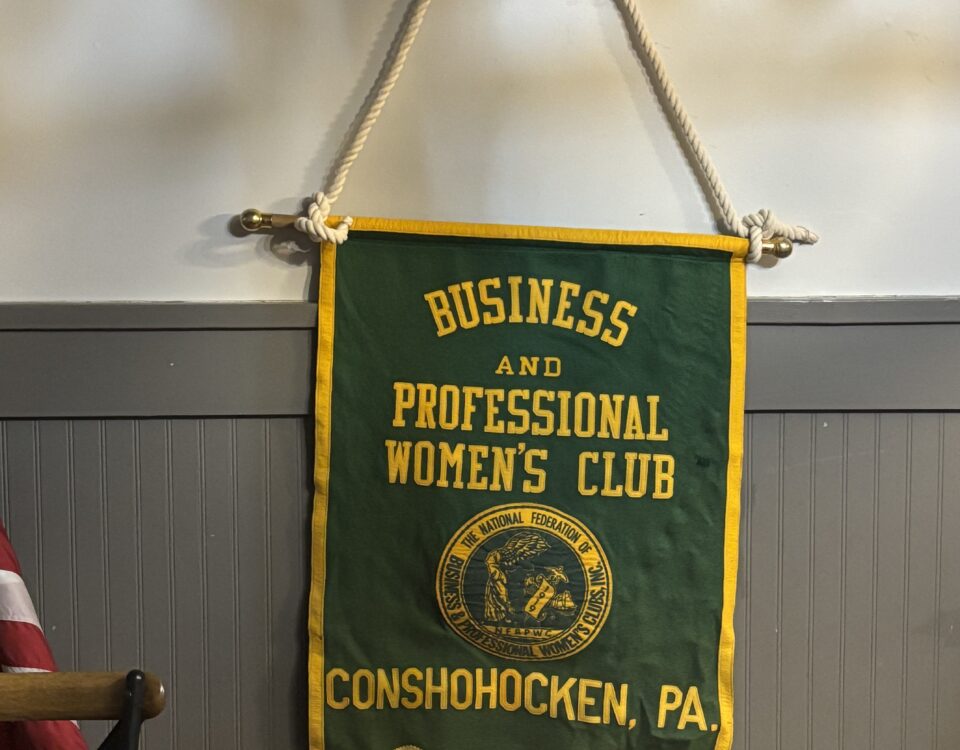Talkin’ Music with Jack – Miss Ya Mary
June 8, 2014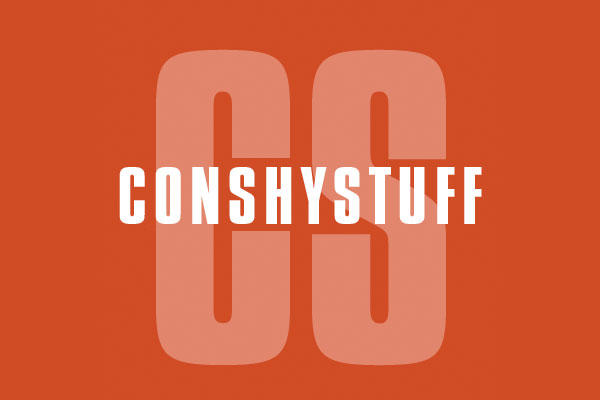
The Road To Taking Better Photographs
June 22, 2014St. Mary’s Church; A Little History and a Very Strong Opinion

St. Mary’s Church
A Little History
And A Very Strong Opinion
By Jack Coll
6-18-14
For more than a century, West Elm Street has been home to hundreds of businesses owned and operated by Conshohocken families. If you needed a donation for an event to benefit one of the many organizations in this borough there was no need to contact the corporate offices on the west coast or overseas, no, it generally went something like this: “Hi we are looking for a donation for our event to benefit something in our community.” The reply usually sounded something like this, a young member of the family owned store would turn and yell into the back room of the store, “Hey Dad, one of the residents is here to get a donation.” The father of the shop would walk out of the back room and greet the resident, “Hey Bob, whatever you need, how’s the wife and kids?”
For more than a half a century most of the Elm Street stores were family owned by our Polish and Italian residents. Let’s see we had Jemionek’s Tailor Shop, Felix would do anything for anybody. Then there was Zajac’s Shoe Store, not to worry if you didn’t have all the money you needed to put the family in their Easter shoes, Adam would just write it down, he looked forward to seeing you on pay-day. We also had Wyrwas Tavern and Rudzinski’s Shoe Repair, they both had pages on the tab. Smolczynski’s Funeral Home, most of the residents didn’t carry insurance back in the day, all the Funeral Directors carried tabs. Well as we look down West Elm Street I can still see Kroszczynski’s Grocery Store, man he had everything, Butch’s Café when it was owned by Joe and Leo Bielecki. A good many of the residents would check into Komorowski’s Barber shop, he used to run those Saturday Morning specials for kids haircuts, and I remember when Zaleski’s used to sell coal on Elm Street, back in the day coal was a very important ingredient to staying alive especially at the end of the winter, not to worry Zaleski’s would allow you to pay your tab down thru the summer, so it would be paid off by your first winter delivery.
Mackiewicz had a Real Estate and Insurance Agency not far from Fayette Street, Bielecki’s sold furniture, I think Bielecki’s carried more money for residents of this town that the banks did. And let’s not forget Zalik’s Hotel, just across Oak Street from St. Mary’s Church.
The not so funny thing is that all these store and business owners were at one time all members of St. Mary’s Church, every one of them. Many of the shop owners were Polish immigrants straight out of the mother-land, many of the shop and business owners were second generation Polish residents and still worshiped under the Catholic Church Polish guidelines.
The Conshohocken Polish immigrants started drifting into Conshohocken in the 1880’s, the Irish being among the first settlers in the village of Conshohocken back around 1800. Many of the Polish immigrants went to work in the steel mills, others went into business like Joe Rokosky who owned and operated a shoe store on the lower end of Fayette Street at the turn of last century, and other Polish immigrants opened Barber Shops, Grocery Stores, and Clothing Stores. They sold furniture, hardware, produce or opened livery stables.
Actually the Polish immigrants started arriving in Montgomery County around the time of the Civil War and found work in the local quarries and woolen mills, although the Irish dominated the quarry jobs. Expansion of the iron and steel business from 1880 to 1900 attracted droves of Polish migrants from the coal regions from up-state Pennsylvania and directly from Europe. According to Montgomery County Second Hundred Years the three principal Polish centers to emerge were all related to iron-and steel producing locations: the Bridgeport-Swedeland area, Pottstown, and Conshohocken.
By 1910, all three principal Polish centers had sufficient population to form community institutions and to attract additional friends and relatives directly from Poland. The county’s first Polish Churches were founded during the decade 1900-1910. The Holy Trinity Catholic congregation, organized in 1899, which built a chapel in Pottstown in 1901, originally served all the Slavic groups there; Pottstown’s Polish parish of St. Peter’s was founded in 1924. Sacred Heart Church in Swedesburg was founded in 1906, but the very first Polish Church in Montgomery County was St. Mary’s Church located in Conshohocken, founded in 1905. As the Polish laid roots in Conshohocken many mutual-aid societies also emerged in the decade after 1900. In Conshohocken by the time the United States got involved in World War One, many of the local Polish shop-keepers and businesses had begun to emerge, the next generation developed a professional class as well as some political representatives.
So with a strong Polish immigrant presence in Conshohocken by the year 1900, talk began about incorporating a Polish Church where the Polish population could worship in their native tongue. During the cold and snowy winter months many of the Poles would worship at St. Matthew’s Church, but in good weather on Sunday mornings Polish families would strap on their Sunday best attire, climb up onto their horse-drawn wagons and travel to St. Josaphat’s Church in Manayunk. It was Father Benedykt Tomiak, Pastor of St. Josaphat’s Church who took an interest in the spiritual needs of the Polish population in Conshohocken.
Several Conshohocken residents including Leon Ostapowicz, Konstanty Kaszubski, Boleslaw Podbielski, Wladyslaw Kotowski, and Leonard Kruszynski convinced Father Tomiak to help the group find a proper location and establish a Polish Parish within the borough limits. Properties were secured at Oak and Elm Streets, and at Maple Street and First Avenue, (Later the site of the convent) a building on the site once owned by John Wood and later owned by Mr. and Mrs. William Wood, (current site of the parish rectory) was converted into a chapel where the first services were held on May 1, 1905. The young parish consisted of sixty families and the chapel was way too small, the parishioners recognizing the need for building a church expedited their offerings and shortly thereafter a small brick church was erected at the corner of Maple and Elm Streets.
Without going into a lengthy history of the church spelling out every date, the founders and parishioners of St. Mary’s contributed enough money to build two more church buildings including the current church building located on West Elm Street.
So one wonders why so many people are upset and angry over the closing of the church, some say, “Hey, there are not enough people going to the church, so close it!!!” Well I have an opinion on that, (you knew that I would)
I’ve heard from a lot of parishioners from both SS Cosmas and Damien and St. Mary’s Church, funny thing is, not one parishioner has agreed with the closing of their church, and they had a reason or reasons, and I have listened to their reasons, perhaps all good reasons. Some spoke with facts, others spoke with heart, either way they were very passionate about the decision on their church.
My take on the matter is this, (You should know that I’m not a member of either church) so what you get from me is an un-biased statement. First of all, stop reading now, and revisit the first part of this column. Polish immigrants, (as well as Italian immigrants who founded SS Cosmas and Damien) came to this country with a suitcase in their hand, there were no government programs to help them back then, no handouts, sink or swim, it was real simple, find a job and feed your family or starve. These proud immigrants would stoop to any level of work to provide for their family, they were in a foreign country, couldn’t speak the language, and would never speak out or speak up even when they were being mistreated. So these under-paid immigrant workers would somehow provide for their family, some would go into a lifetime of debt to open a business, and provide food and services for other members of their home country.
In 1905, the Conshohocken Polish population was then asked to help support the purchase of a piece of property, and further contribute to the building of a church. So whatever pennies these proud Polish immigrants could come up with, (not pennies they could afford, because they couldn’t afford it) but whatever pennies they could come up with, they were asked to provide a little less for their family, and give to the church construction.
This is where it gets sticky for me, the great cathedral in Rome didn’t contribute any finances to the founding and building of this church, (meaning both churches including Cosmas) the mighty Archdiocese of Philadelphia back in 1905 didn’t scrape together any pennies for the construction of this church, and yet they lay claim to the property and buildings, the same property and buildings provided and supported by Polish immigrants who chose to settle in Conshohocken. Chances are, if you are a life-long Polish Conshohocken resident, your father and grandfather built this church from the sweat off their backs, and the strength of their bleeding fingertips. St. Mary’s Church was built from the efforts of the Polish shop keepers, the Polish steel workers, the Polish businessman, and above all they built it because of their Polish Pride!!
If we’ve learned nothing else from the Catholic Church over the past two decades, we’ve learned that history means nothing to them, the parishioners will and the parishioners pride means nothing. When I attended catholic school in Philadelphia it was all about helping the poor, during the 40 days of lent we attended mass and were hijacked at the back of the church being all but forced to give our quarter to the poor box, (we all had a quarter for milk money, except when it went into the poor box at the back of the church during lent.) Helping the poor is one thing, not even reaching out to help your own churches is another thing.
So when you talk about the closing of the churches I think about the scared immigrants who stepped off the boat with suitcase in hand, in a strange land, without a dime in their pocket. They couldn’t speak the language, meaning they couldn’t communicate, and like most immigrants of the day weren’t treated very well. They came to work in Conshohocken, and sent for relatives in their homeland, and housed them when they arrived, and fed them, and their children, and worked 16 and 18 hour days. They managed to contribute money to build their church, not the archdiocese church, but their church, just when did these Polish parishioners decide to give their church to the Archdiocese of Philadelphia, can anyone give me a date on that, how is it that the people of Conshohocken no longer owned the church that they built.
Failing churches are one thing, I’m not so sure that either church in Conshohocken, with a “CLOSED” sign on their front doors was failing. When you get foreclosed on, that normally comes with a notice, pay-up or else. The only notice that anyone received was that the Archdiocese was doing a study on closing some churches, and they couldn’t even do that right, as word leaked out, how does word leak out?
And so here we are, 2014, more than a hundred years since the Italian immigrants founded their church in little’s Opera House, and nearly a century and a decade since St. Mary’s held their first mass.
As a self-proclaimed local history buff, I shudder to think that there will come a day when someone sitting around a Thanksgiving Day table says “Hey, does anyone remember when Conshohocken had a Polish Church? “and no-one replies, or maybe sitting around a picnic table on a hot Fourth of July and one of the elders sipping on a cold one says, ”Hey, anyone remember when the Italians had their own church?” no reply, how sad. I’m not talking about this Thanksgiving, but there will come a day.
In my opinion, this could have happened a little differently, in my opinion, these churches could have been saved, and in my opinion, I would still like to know exactly when did these churches, that our residents and relatives built, become someone else’s property to close and sell, and keep whatever profits.
(Editor’s Note)
Jack Coll was a photo journalist for the former Conshohocken Recorder
Newspaper, a freelance photographer for more than 30 years and a
published local historian.
Please keep in mind that the above column is an opinion
piece written by Coll and he does not speak for the masses of
Conshohocken residents, the Catholic Church, or represent
any other organization mentioned in this column.

